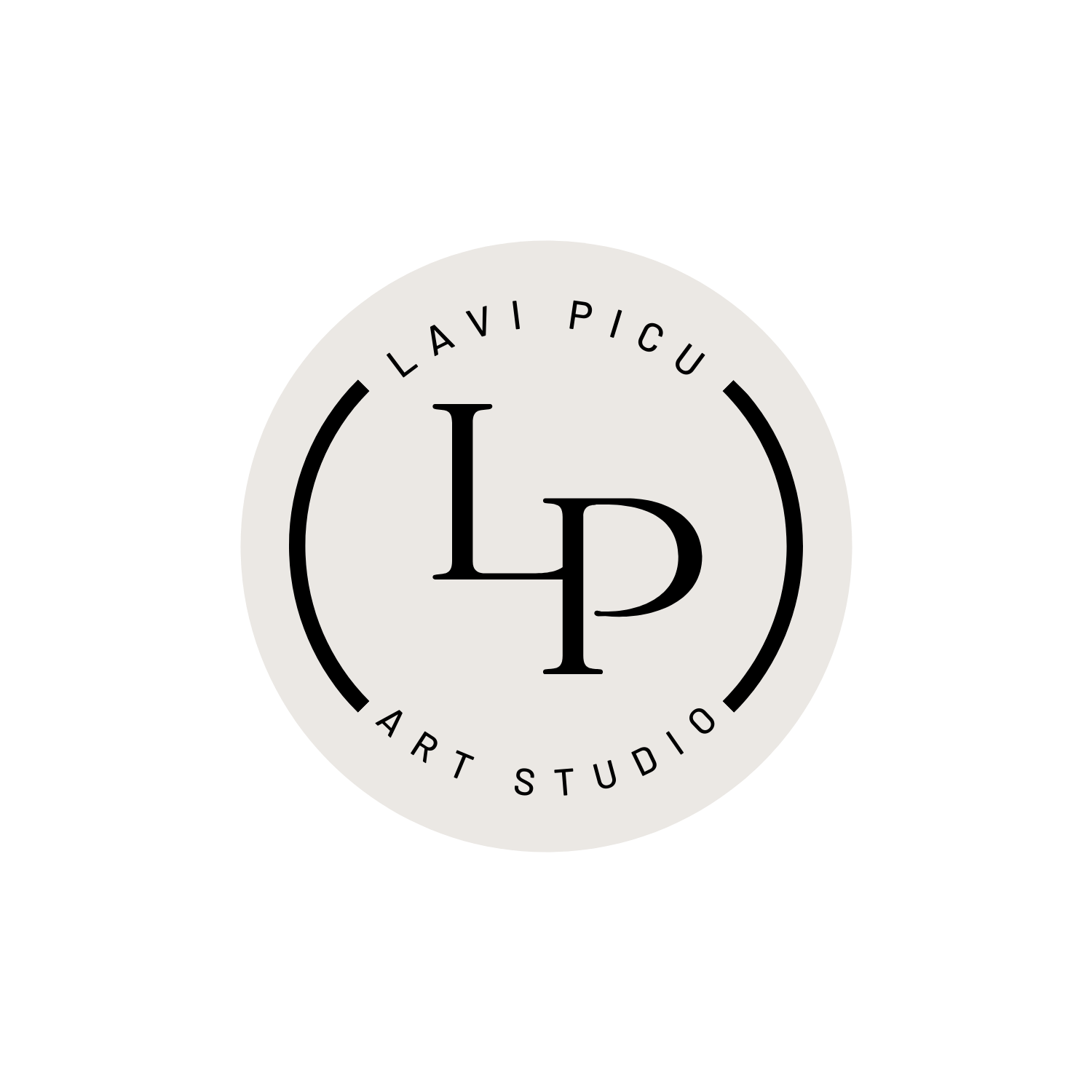Bridging the Gap: Understanding the Challenges Faced by Art Professionals
As artists, our focus often remains on the creative process, pouring our hearts and souls into our work. However, behind every successful art exhibition, there are various professionals facing a unique set of challenges that many of us may not fully appreciate. While artists are driven by creativity and expression, gallery owners, art curators, cultural agents, and art promoters must navigate the complex world of business, curation, and promotion. This contrast in mindset can sometimes lead to misunderstandings and miscommunications between artists and these professionals.
The Creative vs. The Entrepreneur and The Curator
One of the most significant differences between artists, gallery owners, art curators, cultural agents, and art promoters lies in their mindset. Artists are primarily driven by their passion for creating art, while gallery owners, art curators, cultural agents, and art promoters are professionals focused on different aspects of the art world. While artists may dream of creating beautiful works of art, these professionals must also consider the practicalities of exhibiting, promoting, and selling those works to make a living or fulfill cultural objectives.
Organization of an Art Show: A Dual Perspective
As Seen by the Artist:
For an artist, the organization of an art show is primarily focused on the creative process. It involves creating a body of work that speaks to their vision and artistic expression. Artists pour their time, energy, and emotion into each piece, carefully selecting and preparing their artwork for display. They envision how their work will be presented, considering everything from the layout of the exhibition space to the lighting and ambiance. For artists, the art show is the culmination of their hard work and creativity, a chance to share their vision with the world.
As Seen by the Gallery Owner, Curator, or Promoter:
For gallery owners, art curators, cultural agents, and art promoters, the organization of an art show involves a multitude of tasks beyond the creative process. It starts with scouting talented artists and selecting works that fit the gallery's aesthetic and objectives. From there, they must coordinate logistics such as securing the exhibition space, planning the layout, and promoting the show to attract visitors and potential buyers, ensuring everything goes smooth from the opening night until the end. They wear multiple hats as the must plan, organize and host the events, handle the business side of the exhibition, including pricing, sales, and marketing and so on. They work behind the scenes to ensure that everything runs smoothly, allowing the artists to focus on their creative process.
Communication Challenges
Because of these differing mindsets, misunderstandings can often arise between artists and these professionals. For artists, their work is deeply personal, and they may struggle to understand why a gallery owner would want to make changes to their vision or why a curator might choose certain works over others. On the other hand, these professionals may find it difficult to communicate their needs to artists who are more focused on the creative process.
Understanding the Business, Curation, and Promotion Side of Art
For artists, it can be helpful to gain a better understanding of the business, curation, and promotion side of the art world. By learning more about how galleries operate, how curators make decisions, and how art promoters promote exhibitions, artists can develop a greater appreciation for the work that these professionals do.
Building Strong Relationships
Ultimately, successful partnerships between artists, gallery owners, art curators, cultural agents, and art promoters are built on trust, respect, and open communication. By taking the time to understand each other's perspectives and working together effectively, artists and these professionals can create successful exhibitions and cultural events that benefit everyone involved.
While they may approach the art world from different perspectives, it is essential for all parties to work together effectively. By understanding and appreciating the challenges that these professionals face, artists can build stronger relationships and create successful exhibitions and cultural events that showcase their work to the world. Communication is key, and by working together, artists and these professionals can achieve great things in the world of art.
Do you have tips, recommendations, or experiences that have helped you gain a better understanding of the art sales process and improve your relationship with galleries? I'd love to hear from you! Share your insights in the comments below!

